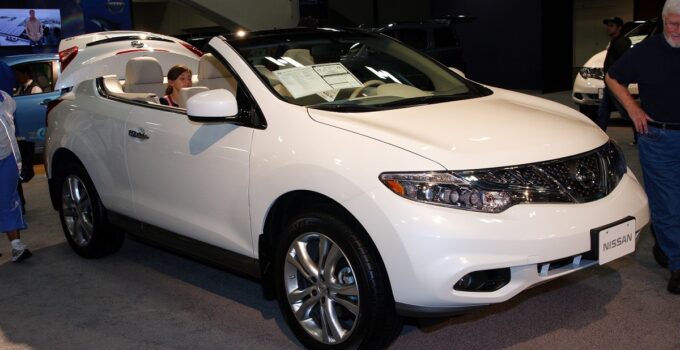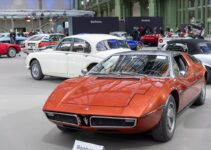In the ever-evolving auto industry, not every innovation is destined for success. Some highly touted advancements turn out to be colossal failures, either economically or functionally. Here are 21 car innovations that were overhyped but ultimately fell flat.
1. GM’s EV1 Electric Car
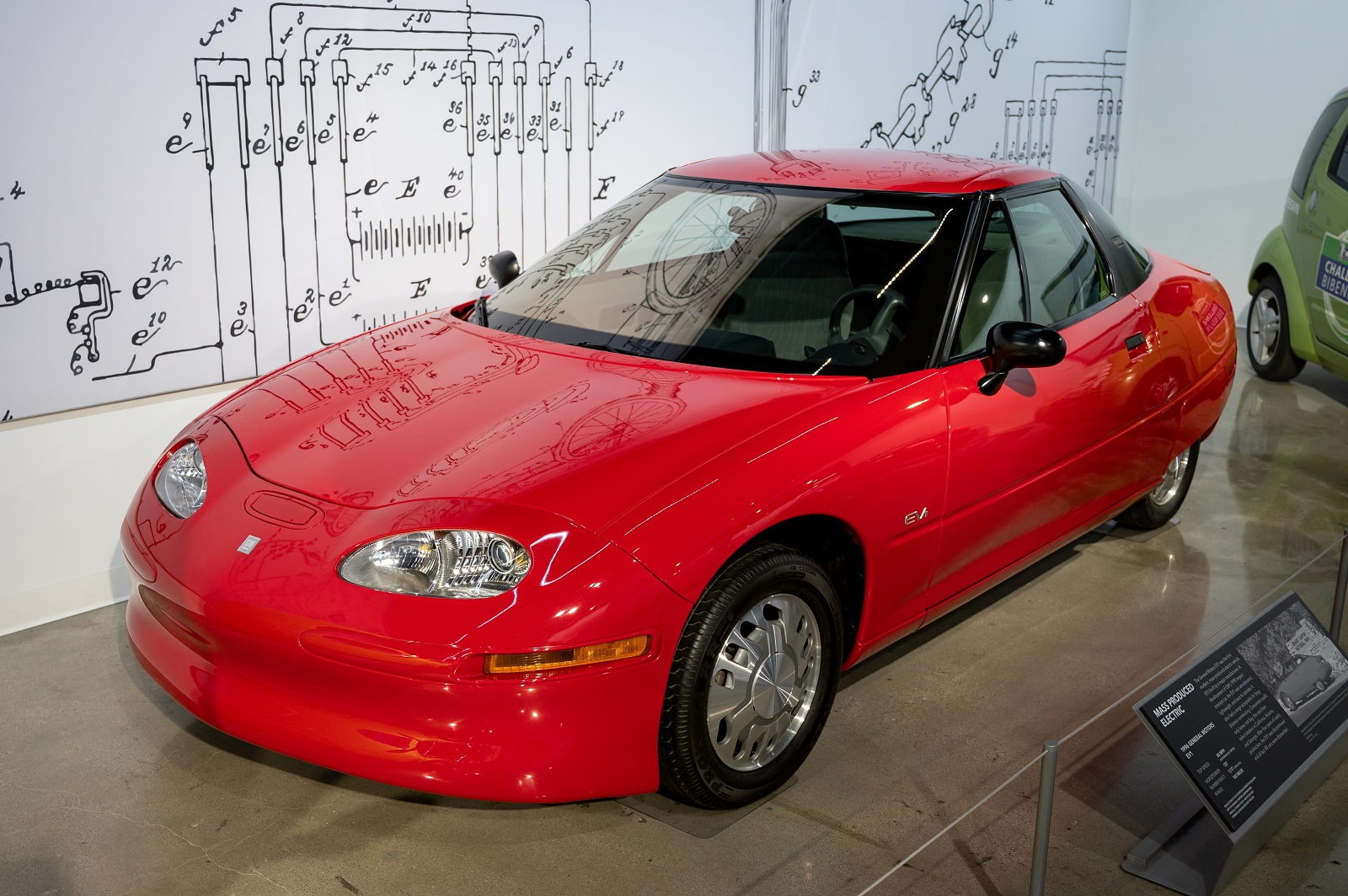
Image Credit: Shutterstock / adolf martinez soler
In the mid-1990s, General Motors introduced the EV1, one of the first mass-produced electric cars. Despite its groundbreaking technology, the EV1 was discontinued in 2003 due to high production costs and limited consumer interest. The few EV1s produced were recalled and destroyed, leading to controversy and conspiracy theories about the auto industry’s resistance to electric vehicles.
2. Ford Edsel
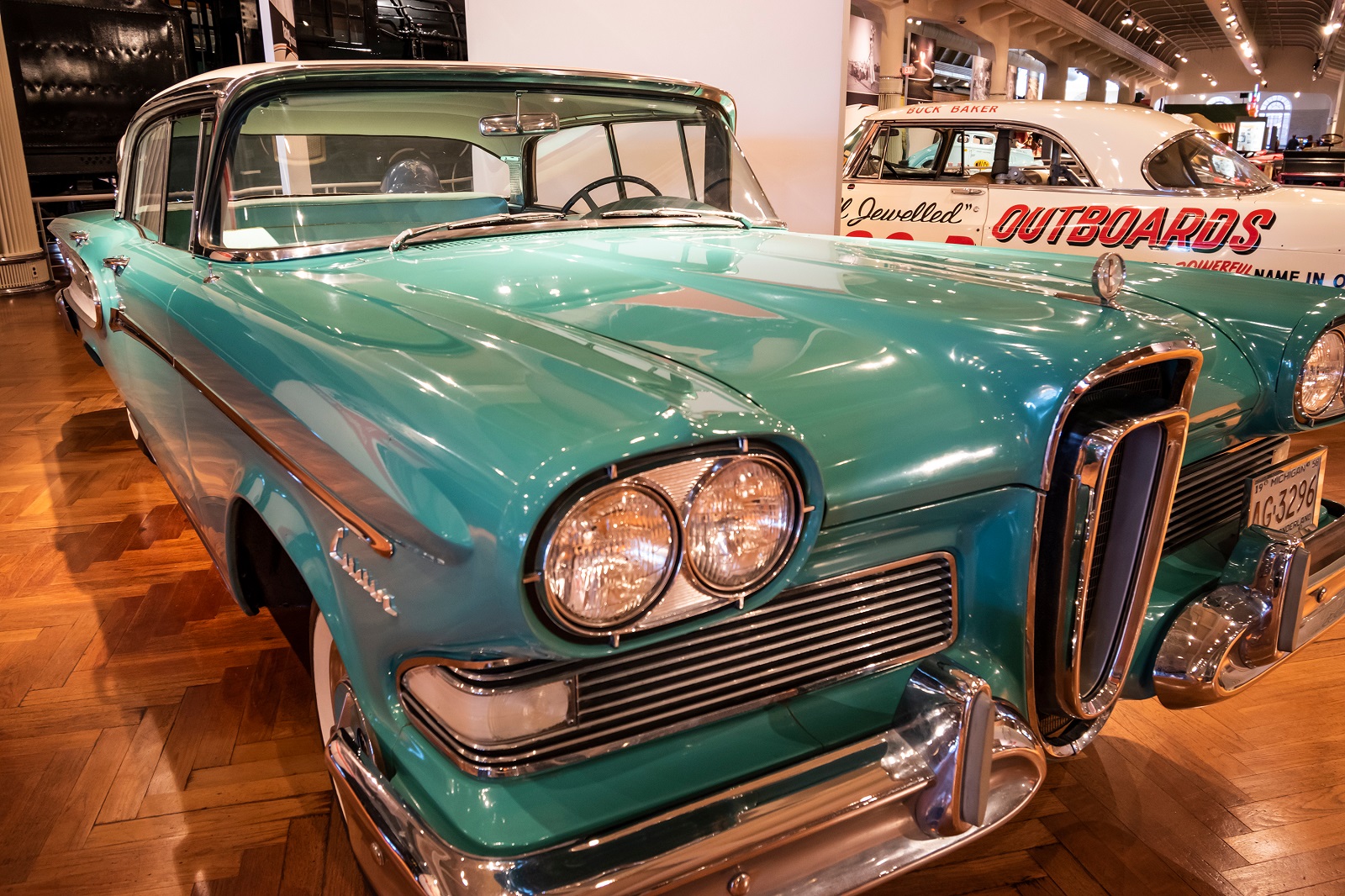
Image Credit: Shutterstock / Aldo91
Launched in 1957, the Ford Edsel was heavily marketed as the car of the future. However, it quickly became one of the biggest flops in automotive history. The Edsel’s design was considered unattractive, and it suffered from mechanical issues and quality control problems. Ford lost an estimated $250 million (over $2 billion in today’s dollars) on the Edsel.
3. DeLorean DMC-12
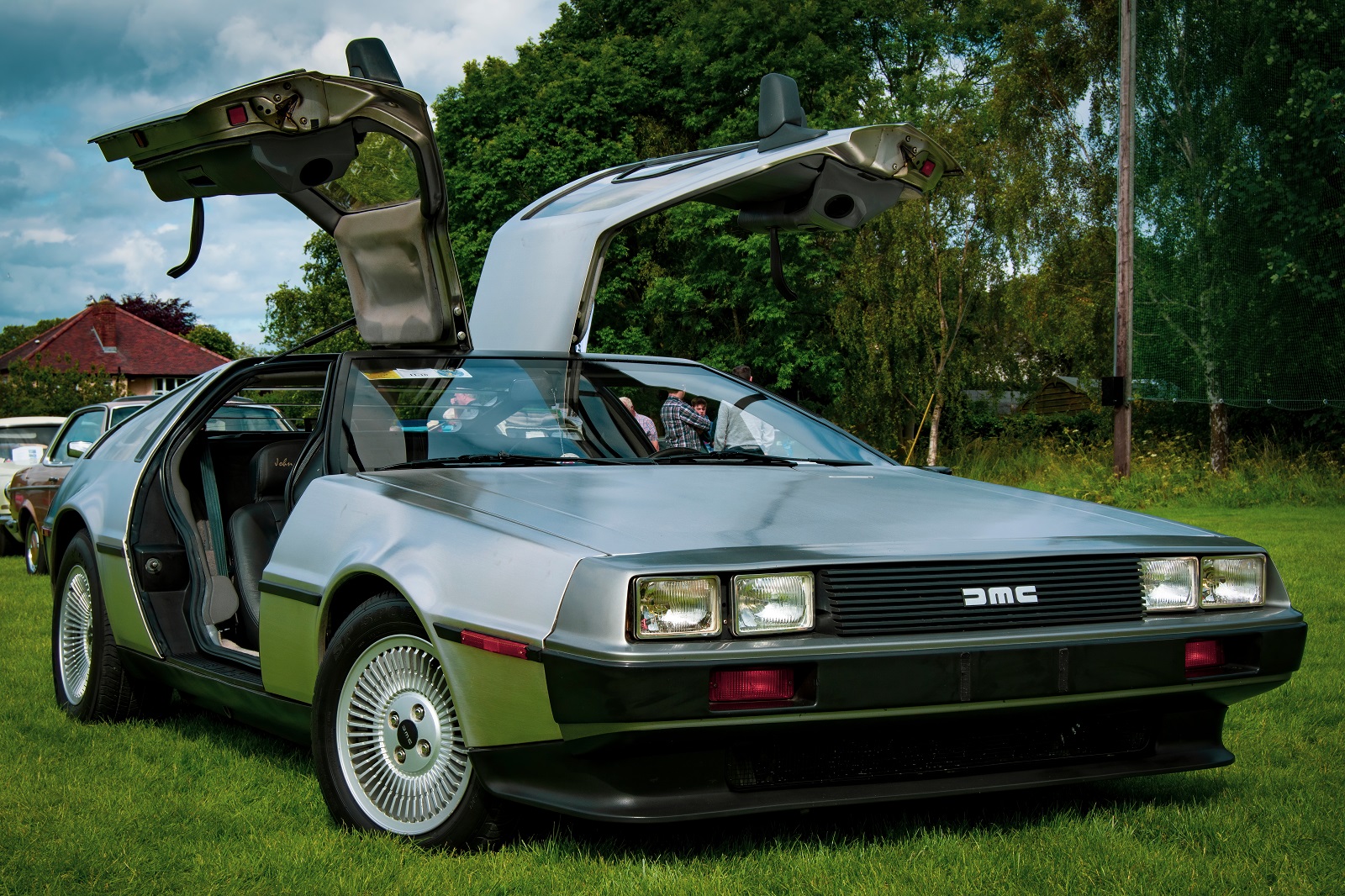
Image Credit: Shutterstock / Ross Mahon
Famous for its role in the “Back to the Future” films, the DeLorean DMC-12 was plagued by production delays, quality issues, and a high price tag. John DeLorean’s legal troubles further tarnished the car’s image. Only about 9,000 units were produced before the company went bankrupt in 1982.
4. Coda Electric Car
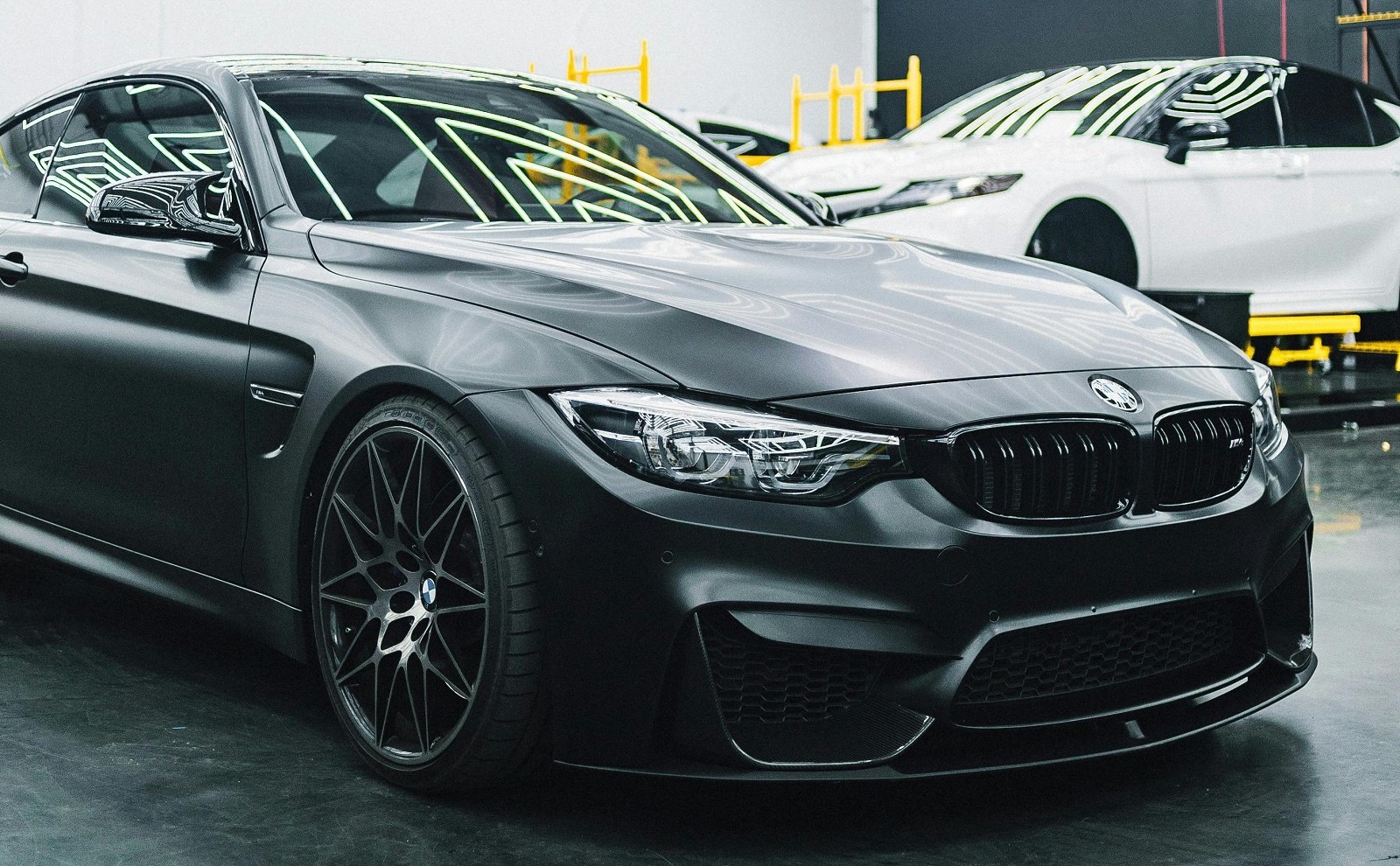
Image Credit: Pexels / jay pizzle
The Coda electric car, introduced in 2012, aimed to compete with established electric vehicles like the Nissan Leaf. However, it suffered from poor design, limited range, and high price, leading to dismal sales. Coda Automotive filed for bankruptcy in 2013 after selling fewer than 100 cars.
5. Cadillac Cimarron
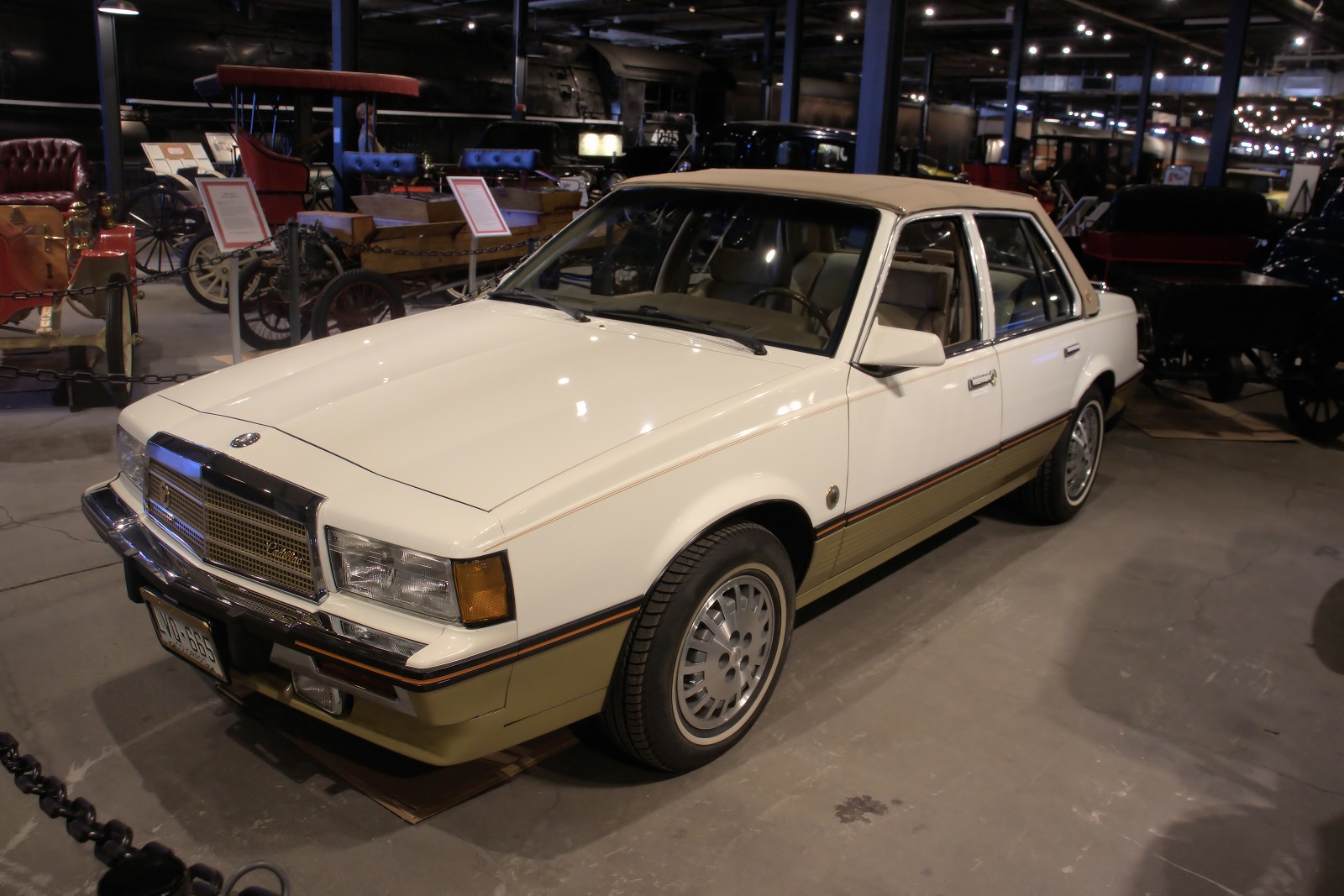
Image Credit: Shutterstock / J.Campbell
In an attempt to compete with European luxury compacts, Cadillac introduced the Cimarron in 1982. The car was essentially a rebadged Chevrolet Cavalier with a higher price tag and failed to meet the luxury expectations of Cadillac customers. It was discontinued in 1988 after tarnishing Cadillac’s reputation.
6. Amphicar
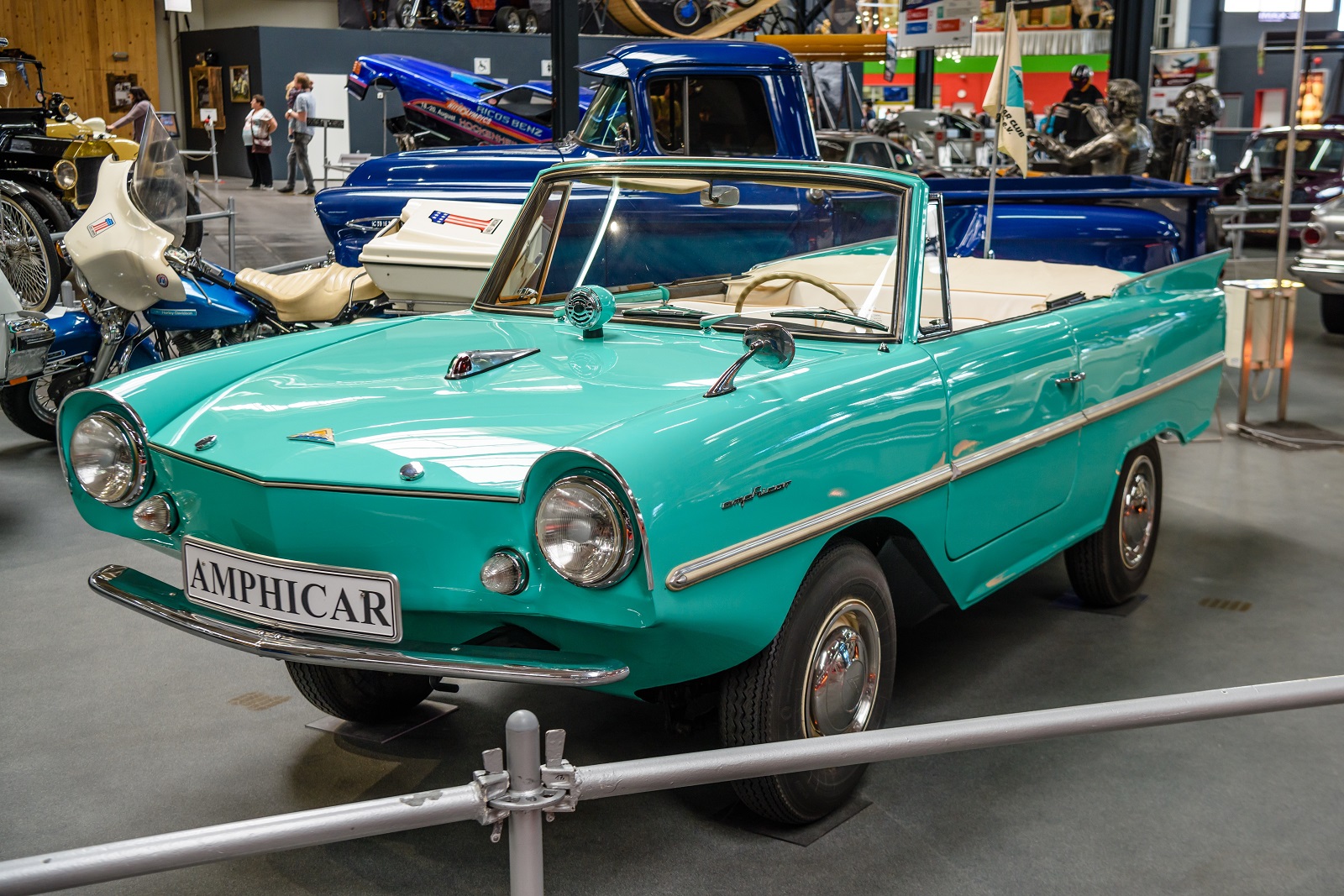
Image Credit: Shutterstock Dmitry Eagle Orlov
The Amphicar, produced in the 1960s, was a hybrid vehicle designed to operate on both land and water. Despite its novelty, the Amphicar was slow, leaky, and underpowered. Only about 4,000 units were sold before production ended in 1965, and it is now remembered more as a quirky collector’s item than a practical vehicle.
7. Chevrolet Volt
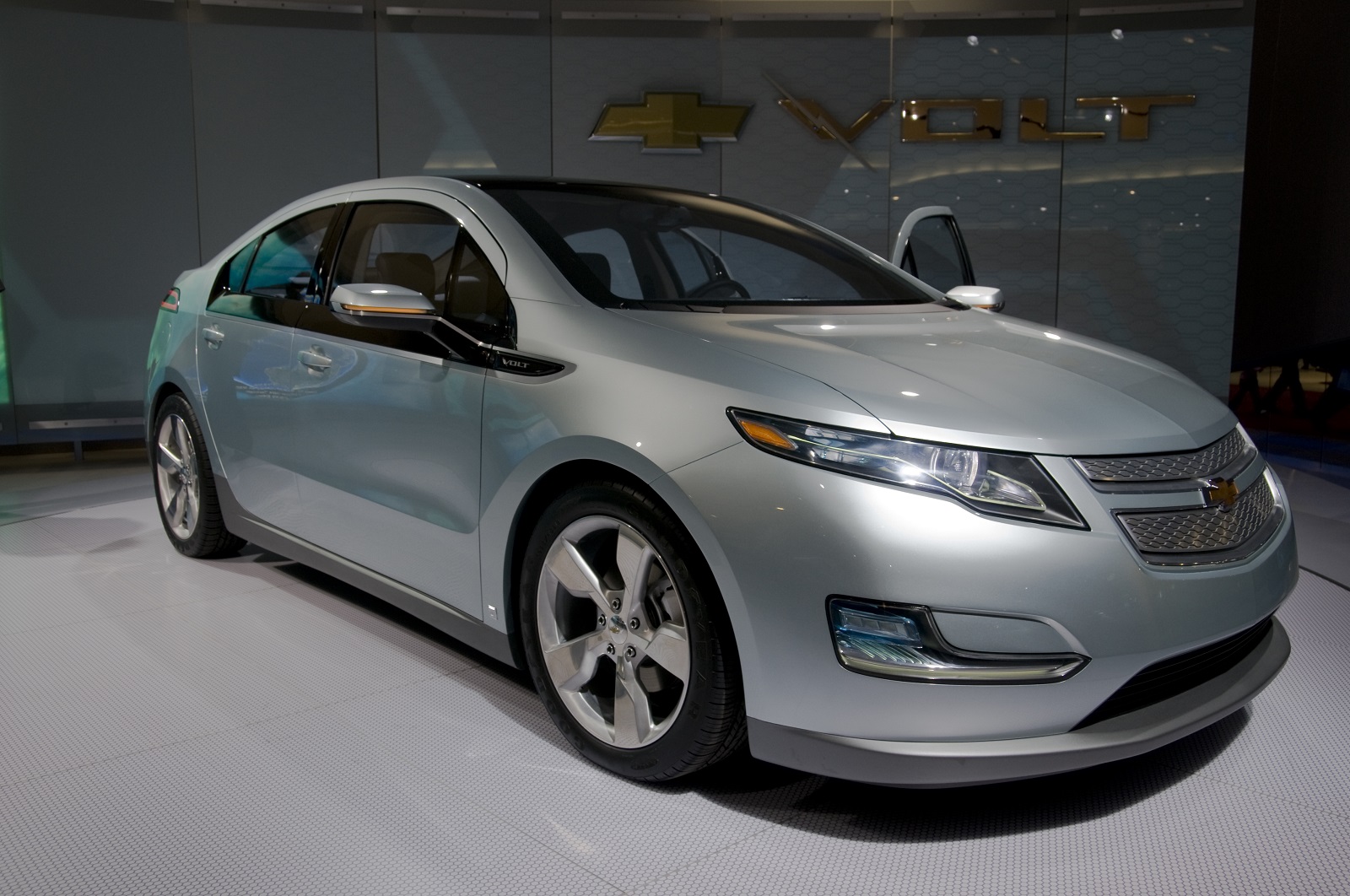
Image Credit: Shutterstock / 6th Gear Advertising
While the Chevrolet Volt was praised for its innovative range-extending electric drivetrain, it struggled to gain widespread adoption due to its high price and the rapid advancement of other electric vehicles. GM discontinued the Volt in 2019 as the market shifted towards fully electric vehicles with longer ranges.
8. Nissan Murano CrossCabriolet
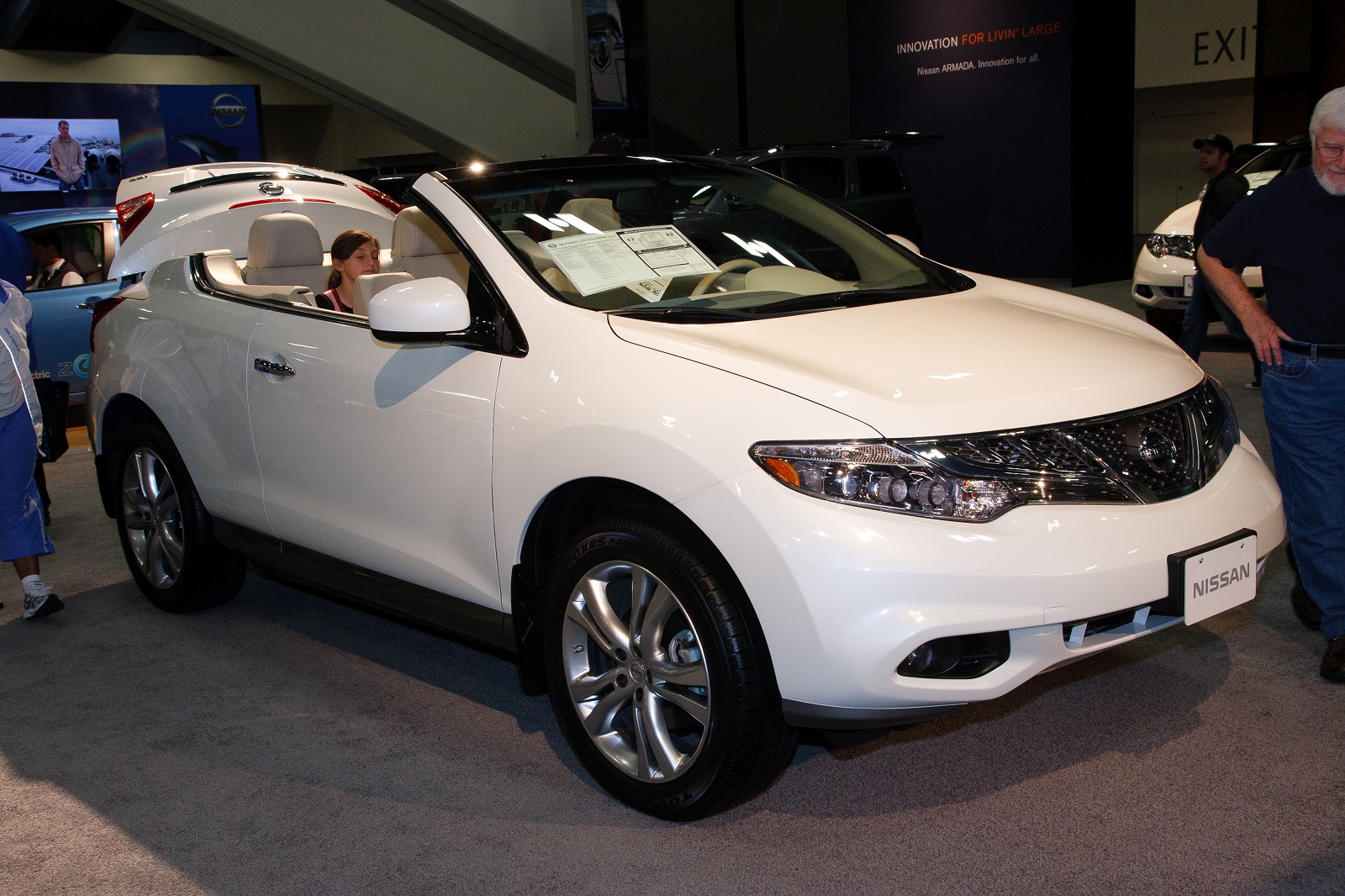
Image Credit: Massimiliano / Radoslaw Lecyk
The Nissan Murano CrossCabriolet was an attempt to combine a convertible with an SUV. This niche vehicle failed to attract buyers due to its awkward styling and high price. It was discontinued in 2014 after only a few years on the market.
9. Suzuki X-90

Image Credit: Shutterstock / Gold Picture
Marketed as a fun, sporty compact SUV, the Suzuki X-90 failed to find a target audience. Its unusual design and lack of practicality led to poor sales, and it was discontinued after just two years of production in the late 1990s.
10. Chrysler TC by Maserati
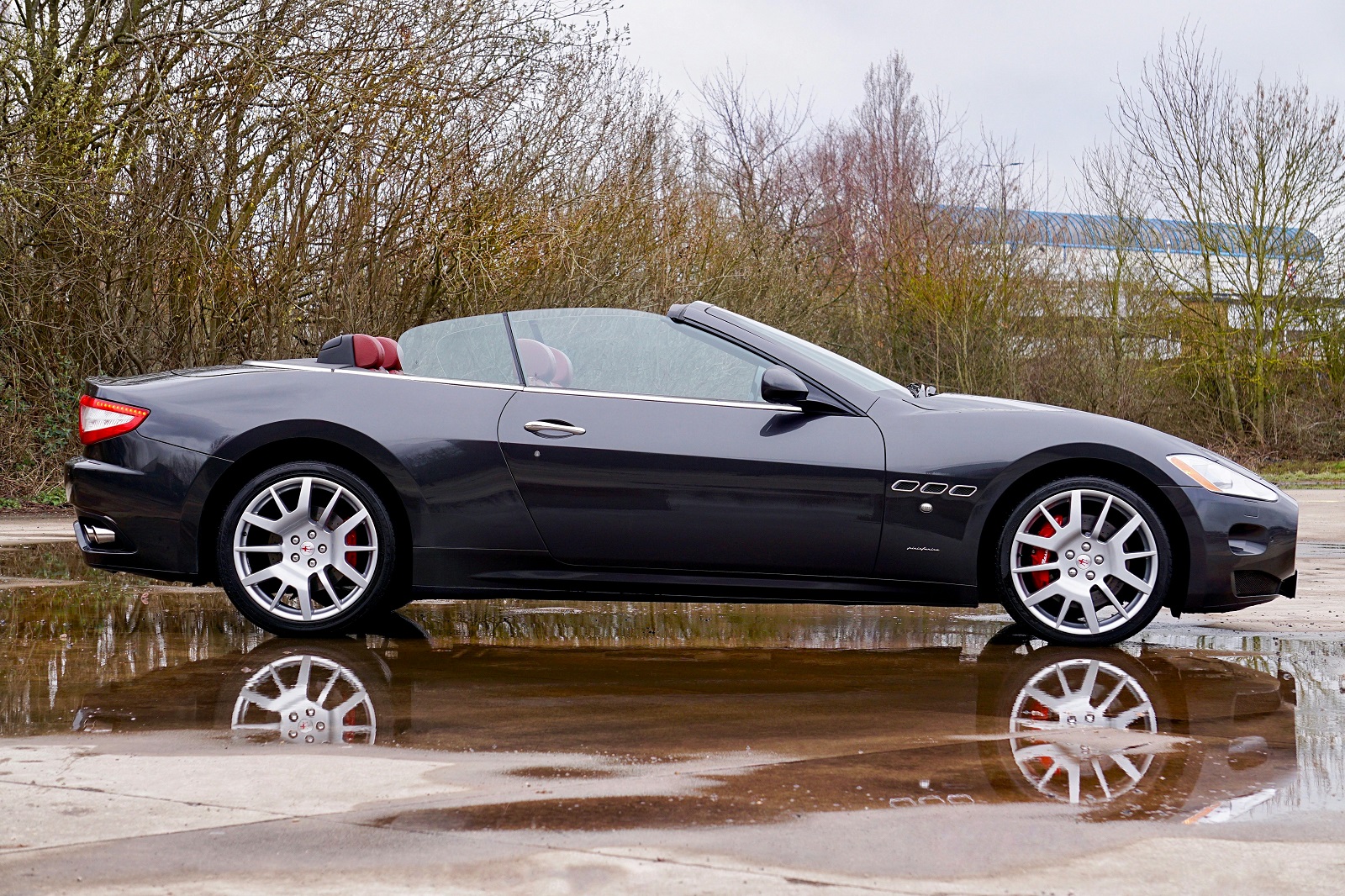
Image Credit: Pexels / Mike Bird
The Chrysler TC by Maserati was an attempt to blend American and Italian automotive design. Unfortunately, it was overpriced and underpowered, leading to disappointing sales. Only 7,300 units were produced between 1989 and 1991 before it was discontinued.
11. Yugo GV

Image Credit: Shutterstock / Studio MDF
The Yugo GV was marketed as an affordable vehicle in the 1980s. However, it quickly earned a reputation for poor build quality and reliability issues. The brand became a punchline, and the car was eventually withdrawn from the U.S. market.
12. Saturn
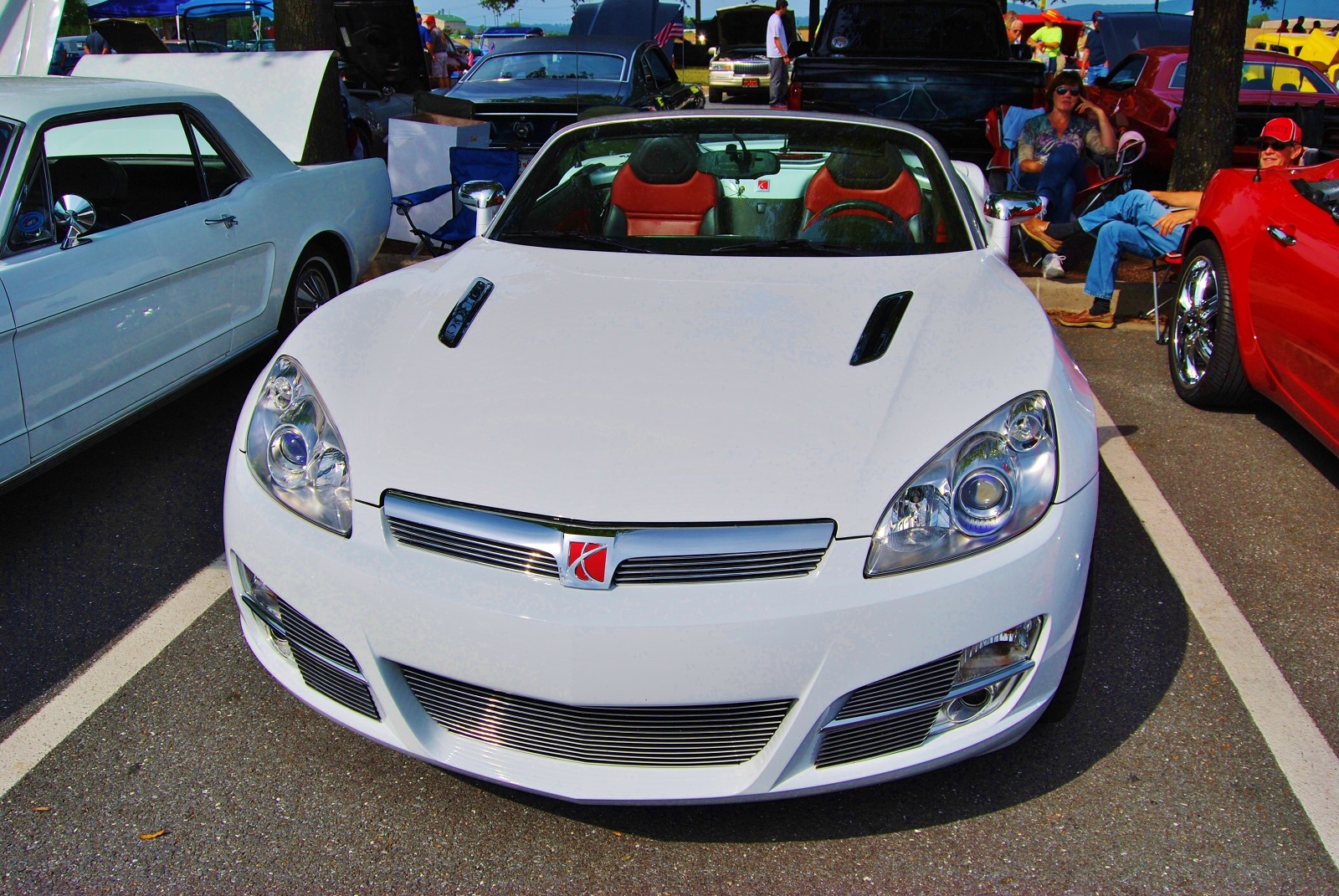
Image Credit: Shutterstock / Lissandra Melo
GM’s Saturn brand was launched with high hopes of revolutionizing car buying with a no-haggle pricing strategy. Despite initial success, the brand failed to sustain momentum and was discontinued in 2010 due to uncompetitive models and declining sales.
13. Lincoln Blackwood
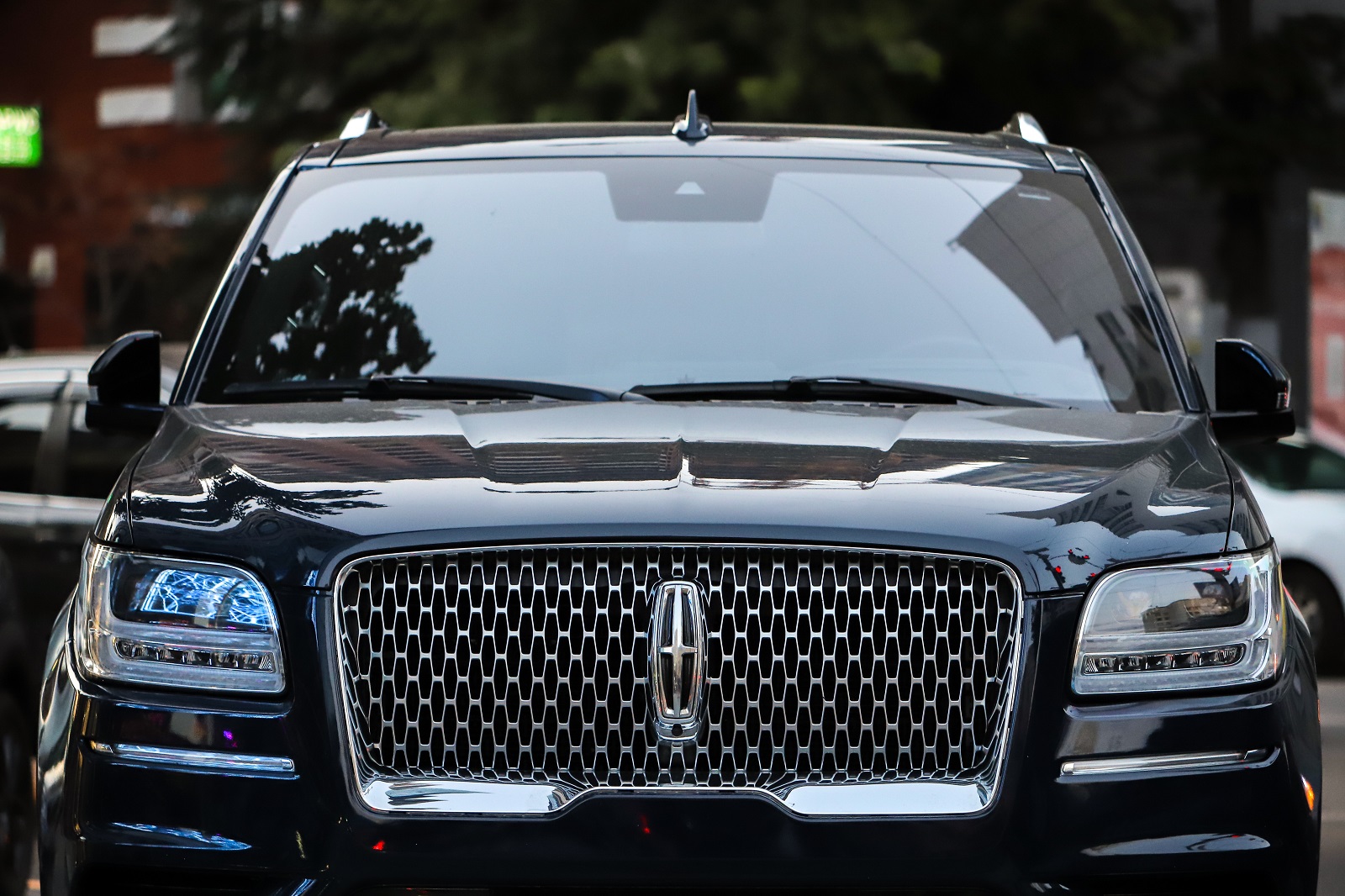
Image Credit: Shutterstock / Viktor Prymachenko
Lincoln’s attempt to enter the luxury pickup market with the Blackwood failed spectacularly. Its high price, limited utility, and lack of consumer interest led to its discontinuation after just one model year in 2002.
14. Pontiac Aztek
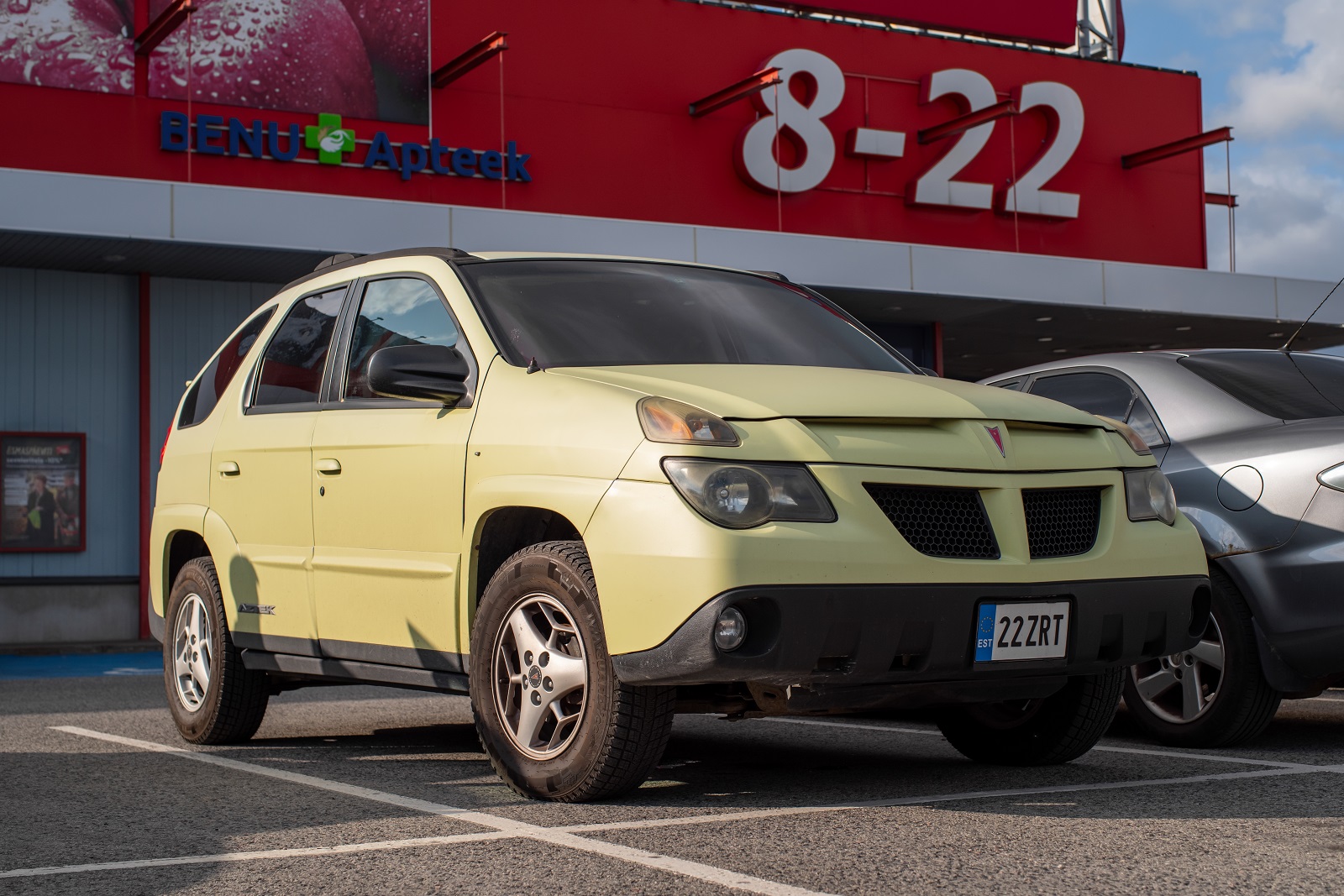
Image Credit: Shutterstock / Viktoria Kytt
The Pontiac Aztek is often cited as one of the ugliest cars ever made. Its unusual design and poor market reception led to its discontinuation in 2005. Despite its failure, it gained a cult following due to its appearance in the TV show “Breaking Bad.”
15. Honda Insight
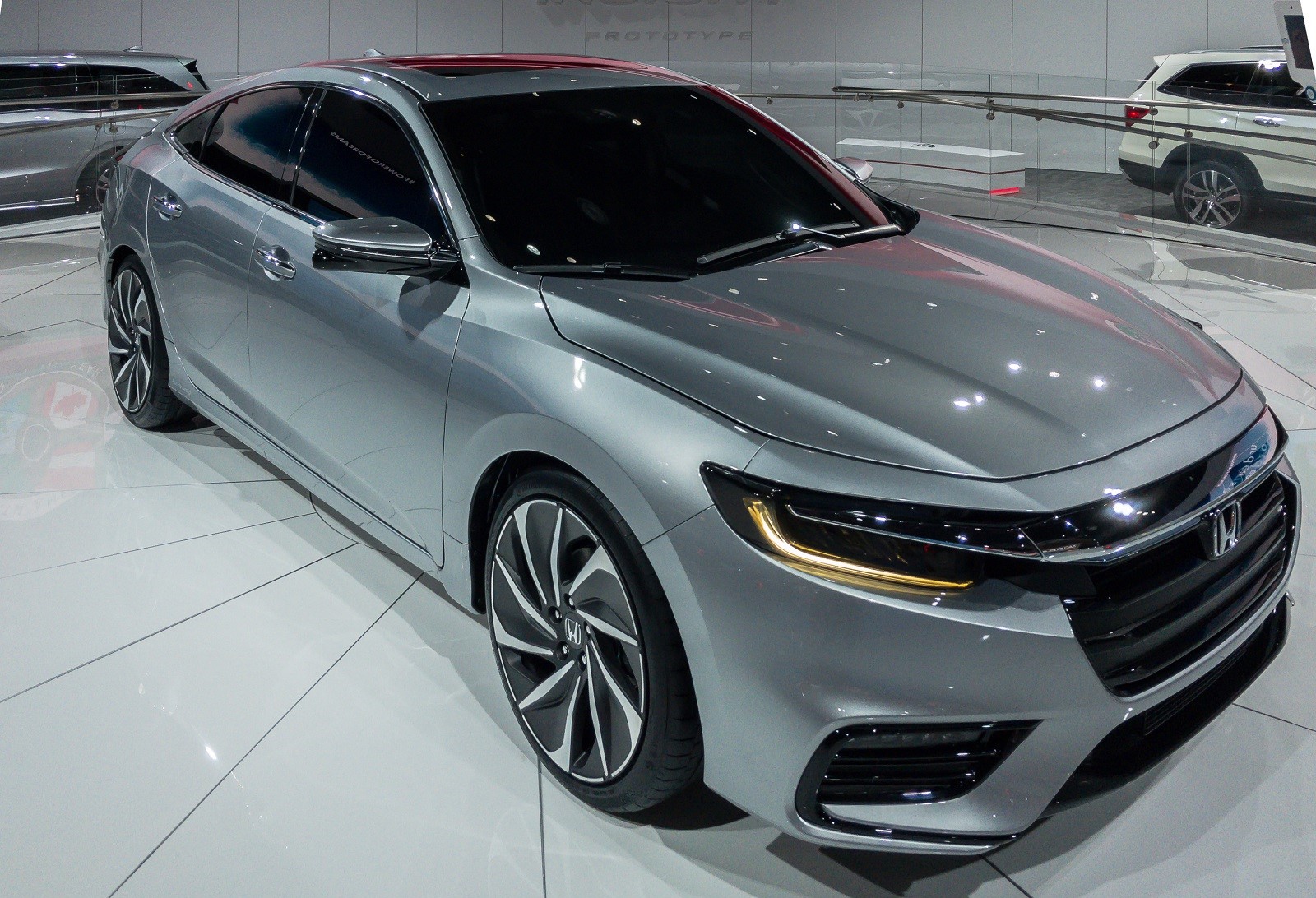
Image Credit: Shutterstock / Steve Lagreca
The first-generation Honda Insight was America’s first hybrid vehicle. While it was technologically advanced, it was not practical for most consumers due to its small size and unconventional styling. It was discontinued in 2006 before being reintroduced in a more traditional form later.
16. Renault Le Car

Image Credit: Pexels / Furknsaglam
The Renault Le Car, known as the Renault 5 in Europe, failed to gain traction in the U.S. market. Its small size and lack of power made it unappealing to American consumers, and it was discontinued in the early 1980s.
17. Smart Fortwo
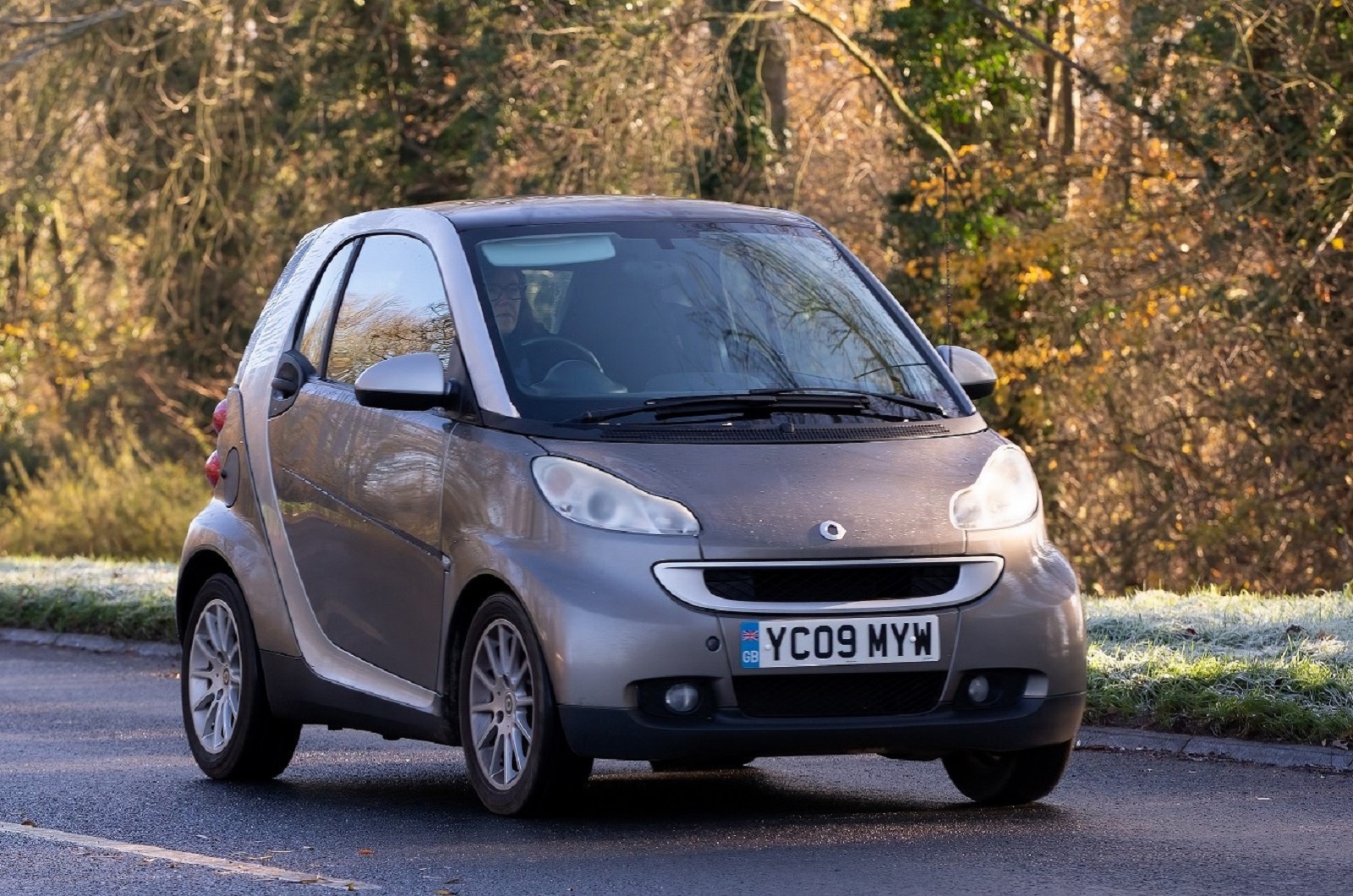
Image Credit: Shutterstock / Sue Thatcher
The Smart Fortwo was introduced to provide an ultra-compact solution for urban driving. However, its high price, limited practicality, and safety concerns led to poor sales in the U.S. market. Daimler discontinued the Smart brand in the U.S. in 2019.
18. Tesla Cybertruck
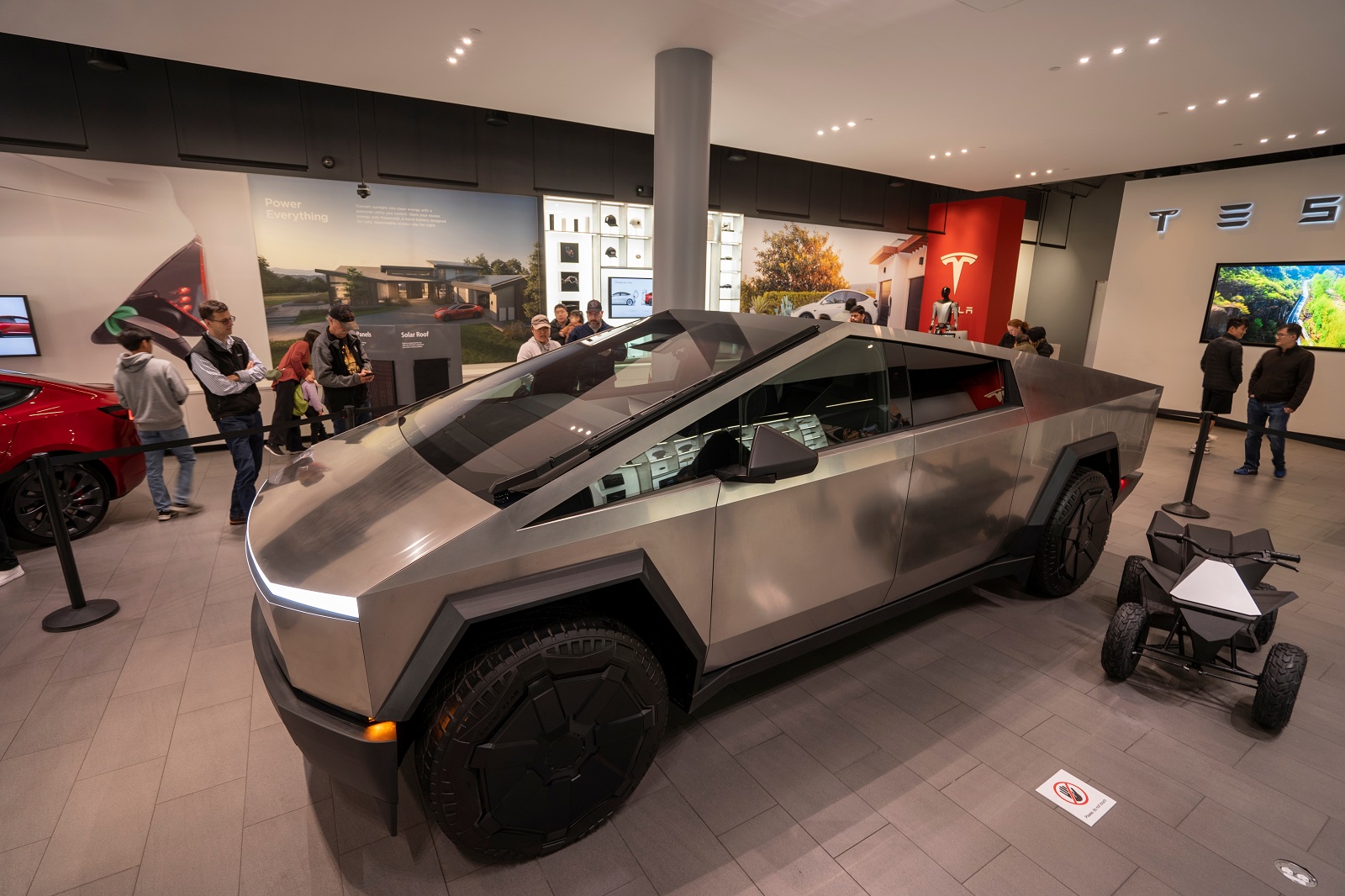
Image Credit: Shutterstock / Tada Images
Unveiled with much fanfare in 2019, the Tesla Cybertruck’s futuristic design has polarized opinions. Production delays and questions about its practicality have cast doubt on its future success, although it has not yet been officially discontinued.
19. BMW i3

Image Credit: Shutterstock / Best Auto Photo
The BMW i3 was an innovative electric car with a unique design and sustainable materials. Despite its forward-thinking approach, its high price and limited range led to underwhelming sales. Production ended in 2021 as BMW shifted focus to other electric models.
20. Aston Martin Cygnet
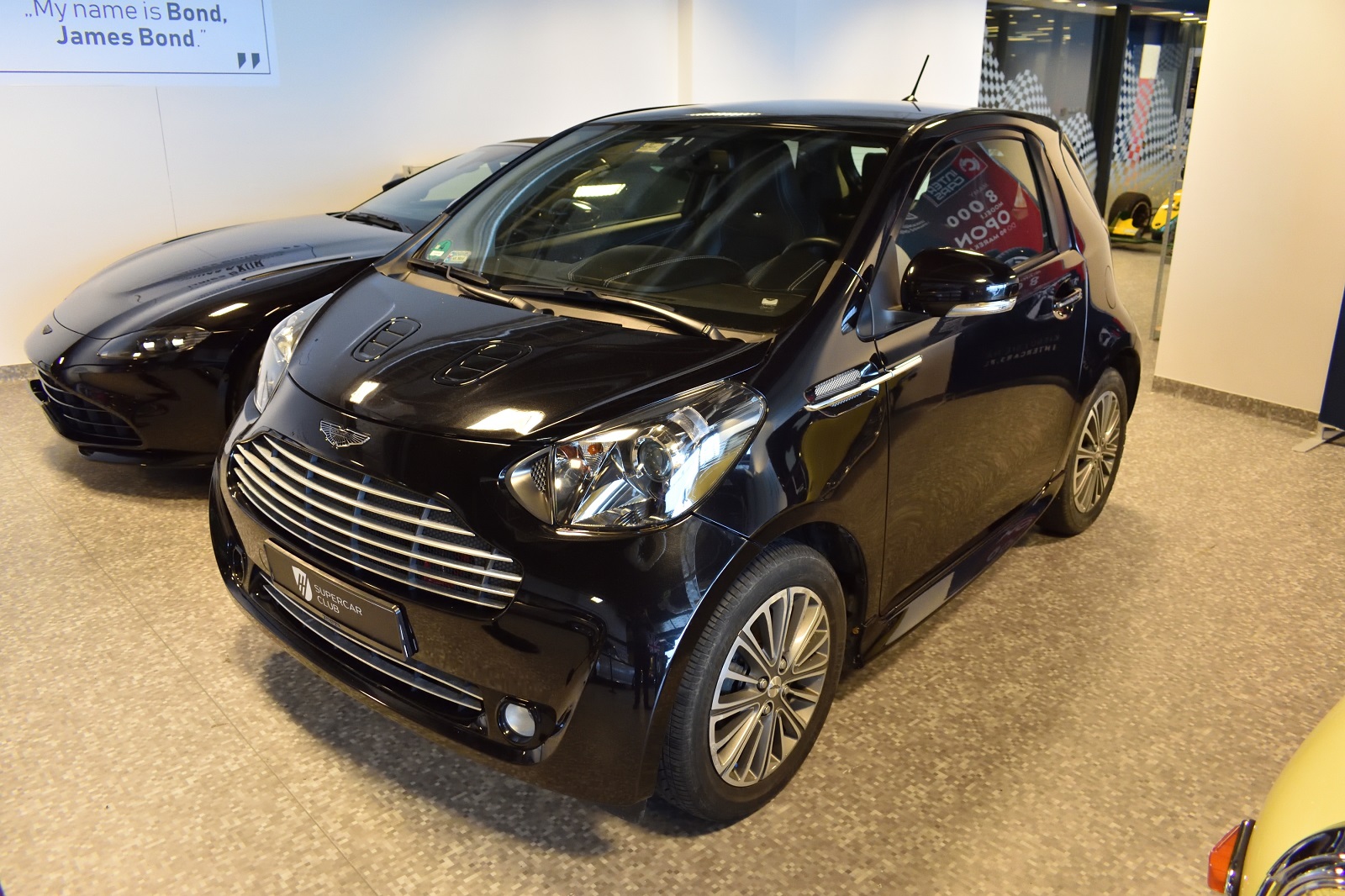
Image Credit: Massimiliano / OleksSH
The Aston Martin Cygnet was a luxury city car based on the Toyota iQ. It was intended to offer a premium option for urban driving, but its high price and lack of differentiation from the much cheaper iQ led to poor sales. Aston Martin discontinued it after just two years.
21. Fisker Karma
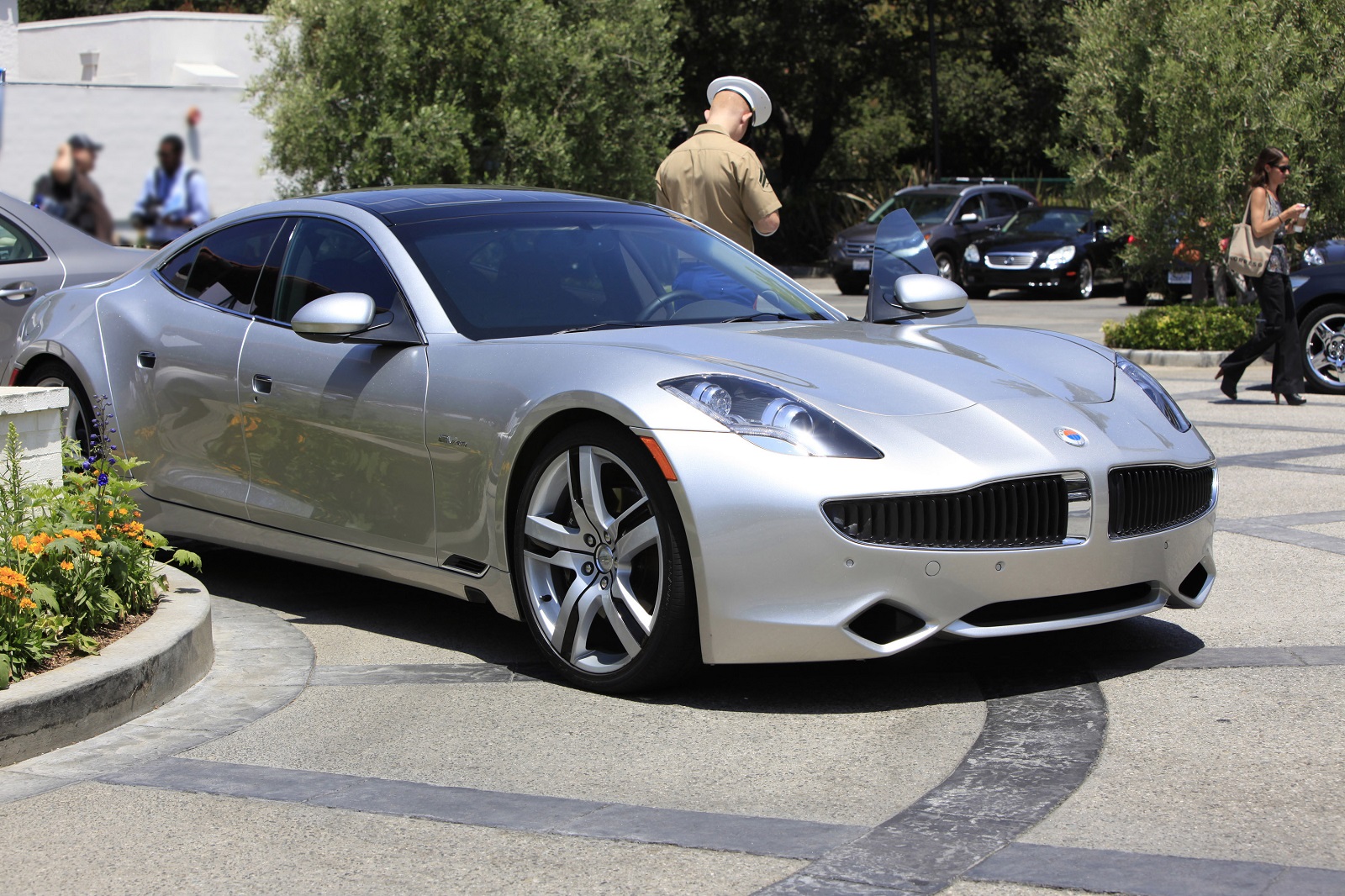
Image Credit: Shutterstock / Joe Seer
The Fisker Karma was a luxury plug-in hybrid with stunning design but plagued by reliability issues and financial troubles. Fisker Automotive went bankrupt in 2013, and the Karma’s production was halted, leaving many buyers with an unsupported vehicle.
Lessons from Failure

Image Credit: Shutterstock / hedgehog94
These examples illustrate that not all innovations, regardless of the hype, are destined for success. Whether due to poor execution, high costs, or simply being ahead of their time, these car innovations highlight the challenges of pioneering new technologies in the auto industry. As consumers and enthusiasts, understanding these pitfalls can provide valuable lessons for future automotive advancements.
Police Magnet: 7 Cars That Guarantee You’ll Get Pulled Over

Image Credit: Shutterstock / sirtravelalot
Driving certain cars can make you more noticeable to law enforcement, even if you’re abiding by all the rules. Are you driving one of these “police magnets”? Here are seven cars that seem to attract more police attention than others. Police Magnet: 7 Cars That Guarantee You’ll Get Pulled Over
The Classic Cars That Were Total Clunkers
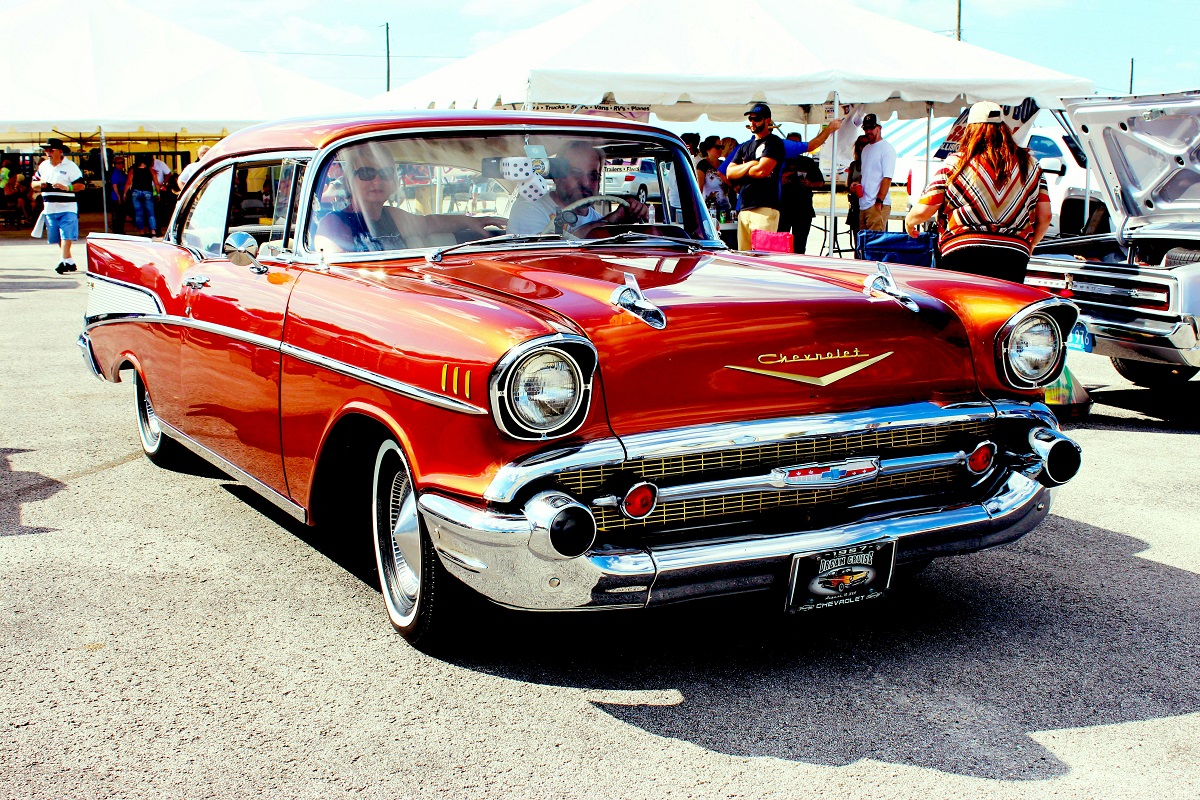
Image Credit: Pexels / Pixabay
Nostalgia has a funny way of making the past seem better than it was, especially when it comes to cars. But here’s the hard truth: some of those “classic” cars your dad raves about were real clunkers. Here’s a closer look at why some of those so-called “classics” weren’t all they were cracked up to be. The Classic Cars That Were Total Clunkers
The Worst U.S. Cars Ever Made: A Retro List
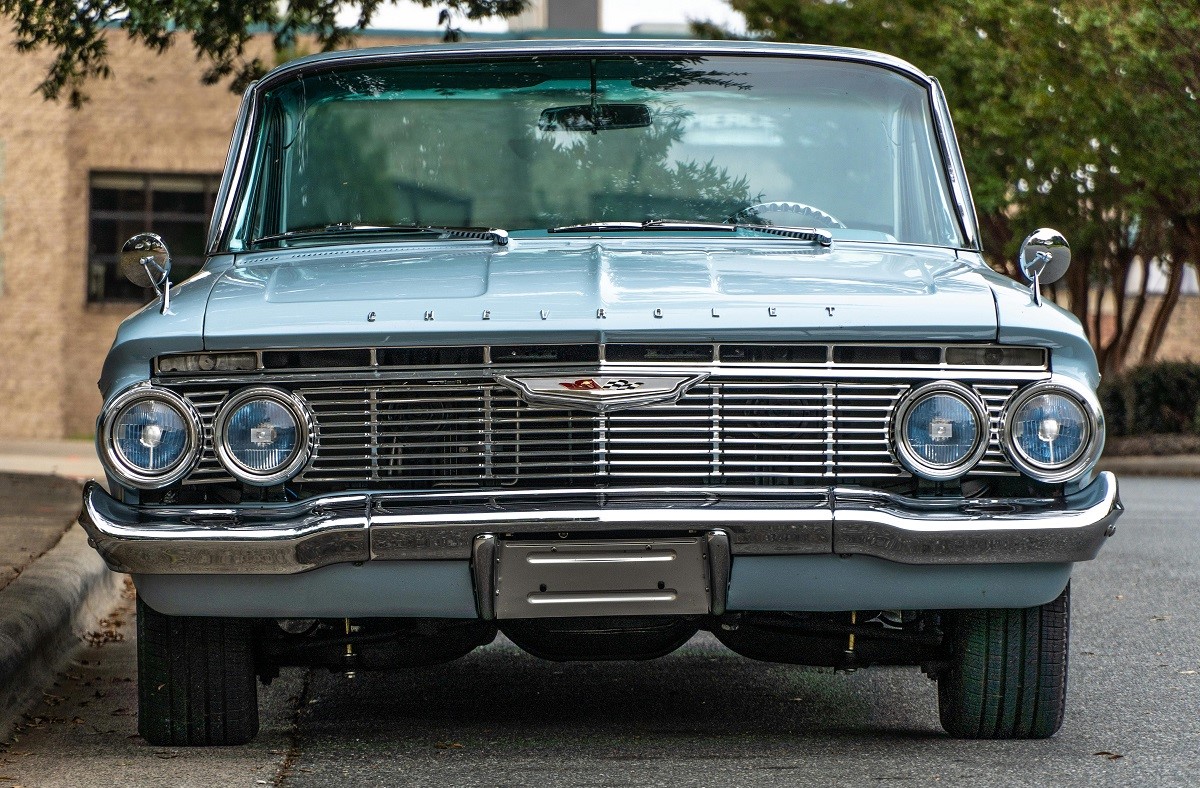
Image Credit: Pexels / Be The Observer
The U.S. auto industry has produced some incredible vehicles, but not every model was a hit. Here’s a look back at 16 of the worst cars ever made in the U.S., each infamous for its own unique flaws. The Worst U.S. Cars Ever Made: A Retro List
Featured Image Credit: Shutterstock / Radoslaw Lecyk.
For transparency, this content was partly developed with AI assistance and carefully curated by an experienced editor to be informative and ensure accuracy.
The images used are for illustrative purposes only and may not represent the actual people or places mentioned in the article.
